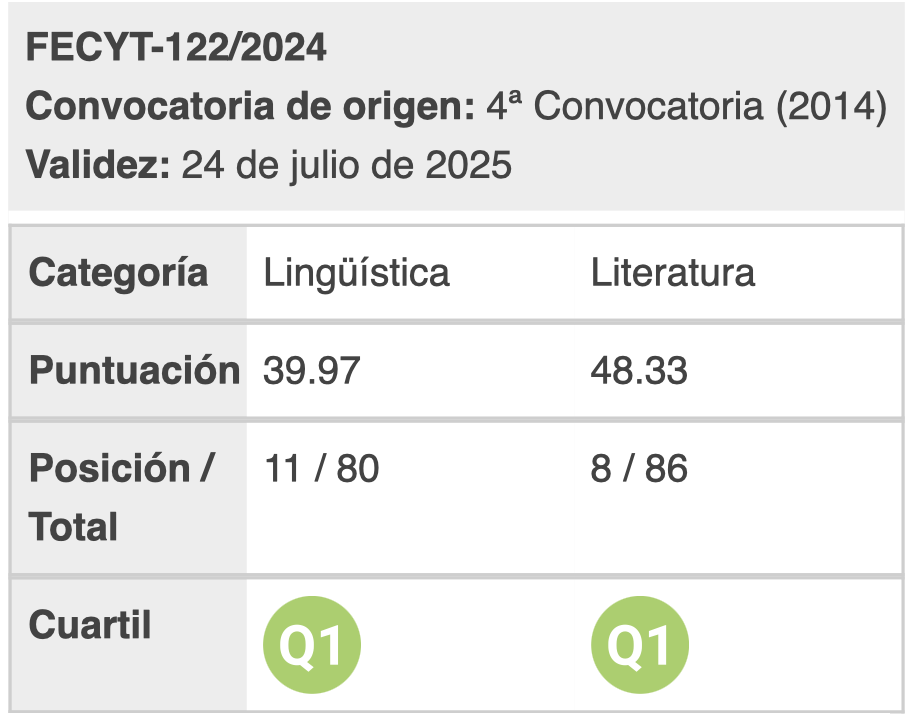A Cognitive-Narrative Reading of Electronic Literature: Self-Blame Emotions in Queerskins: A Novel (2012)
DOI:
https://doi.org/10.28914/Atlantis-2025-47.1.14Keywords:
cognitive process, emotion systems, multimodal web-fictions, self-blame emotions, working memoryAbstract
Electronic Literature diminishes the boundaries between different art forms. Multimodal web-fictions, as the second generation of electronic literature, portrays narratives through textual, visual, auditory, and navigational modes. By focusing on Patrick Colm Hogan’s cognitive-narrative theories, this paper reveals the relationship between the multimodal narrative of web-fictions and emotion systems. Furthermore, each mode indicates a different emotionally orienting function of narrative. A case study, Queerskins: A Novel (2012) by Illya Szilak, is scrutinized in order to depict the working memory processes at play during the activation of specific emotion systems, including self-blame emotions. The present research illustrates that the multimodal narratives of electronic works could be considered as the external manifestations of the cognitive processes, embedded in the working memory, during the actuation of emotion systems. As such, various different modes have essential roles in picturing different types of information, perceptions, memories, and imaginations, which are stored in the working memory and decoding those emotion elicitors, which are perceived, remembered, or imagined. This paper highlights how the behaviors and actions of the main character, Sebastian are directed by self-blame emotions, such as shame and guilt, which have been engraved in his mind since his childhood, and how they lead him toward self-sacrifice.
Downloads
Metrics
References
Ciccoricco, David. 2018. “Rebooting Cognition in Electronic Literature.” In J. Tabbi (Ed), The Bloomsbury Handbook of Electronic Literature 2018. 151-164. London: Bloomsbury Academic.
Gibbons, Allison. 2012. Multimodality, Cognition, and Experimental Literature. New York: Routledge.
Hayles, Katherine. N. 2008. Electronic Literature: New Horizons for the Literary. Indiana: University of Notre Dame.
Hogan, Patrick. C. 2003. Cognitive Science, Literature, and the Arts: A Guide for Humanists. New York: Routledge.
—. 2003. The Mind and Its Stories: Narrative Universals and Human Emotion. Cambridge: Cambridge University Press.
—. 2011. What Literature Teaches Us about Emotion. Cambridge: Cambridge University Press.
Jewitt, Carey. 2005. “Multimodality, Reading, and Writing for the 21st Century.” Discourse: Studies in the Cultural Politics of Education, 26. (3), 315-331.
Kress, Gunther. 2003. Literacy in the New Media Age. London: Routledge.
—. 2010. Multimodality: A Social Semiotic Approach to Contemporary Communication. New York: Routledge.
Punday, Daniel. 2018. Narrativity. In J. Tabbi (Ed), The Bloomsbury Handbook of Electronic Literature (pp 133-150). London: Bloomsbury Academic.
Oately, Keith, Dacher Keltner and Jennifer Jenkins. 2007. Understanding Emotions. Malden: Blackwell.
Rettberg, Scott. 2019. Electronic Literature. Cambridge: Polity Press.
Saemmer, Alexandra. “Hyperfiction as a Medium for Drifting Times: A Close Reading of the German Hyperfiction Zeit für die Bombe.” Analyzing Digital Fictions. Eds. Alice Bell, et al. New York: Routledge, 2014.
Smith, Hazel. 2016. The Contemporary Literature-Music Relationship: Intermedia, Voice, Technology, Cross-Cultural Exchange. New York: Routledge.
Szilak, Illya and Cyril Tsiboulski. 2012, March 22. Queerskins: A Novel. Electronic Literature Collection Volume Three. < http:// www.queerskins.com/#title>.
—. 2015. “Towards Minor Literary Forms: Digital Literature and the Art of Failure.” Electronic Book Review.
Tabbi, Joseph. 2018. The Bloomsbury Handbook of Electronic Literature. London: Bloomsbury Academic.
Tillewein, Brian. 2013. “New Media Objects: The Future of Electronic Literature and Its Influence on Print Stylistics.” (Publication No. 148). College of Liberal Arts & Social Sciences Theses and Dissertations.
Van Leeuwen, Theo. 2005. Introducing Social Semiotics. London: Routledge.
Downloads
Published
How to Cite
Issue
Section
License
Copyright (c) 2025 Hanieh Zaltash, Farid Parvaneh, Narges Montakhabi Bakhtvar

This work is licensed under a Creative Commons Attribution-NonCommercial-ShareAlike 4.0 International License.








